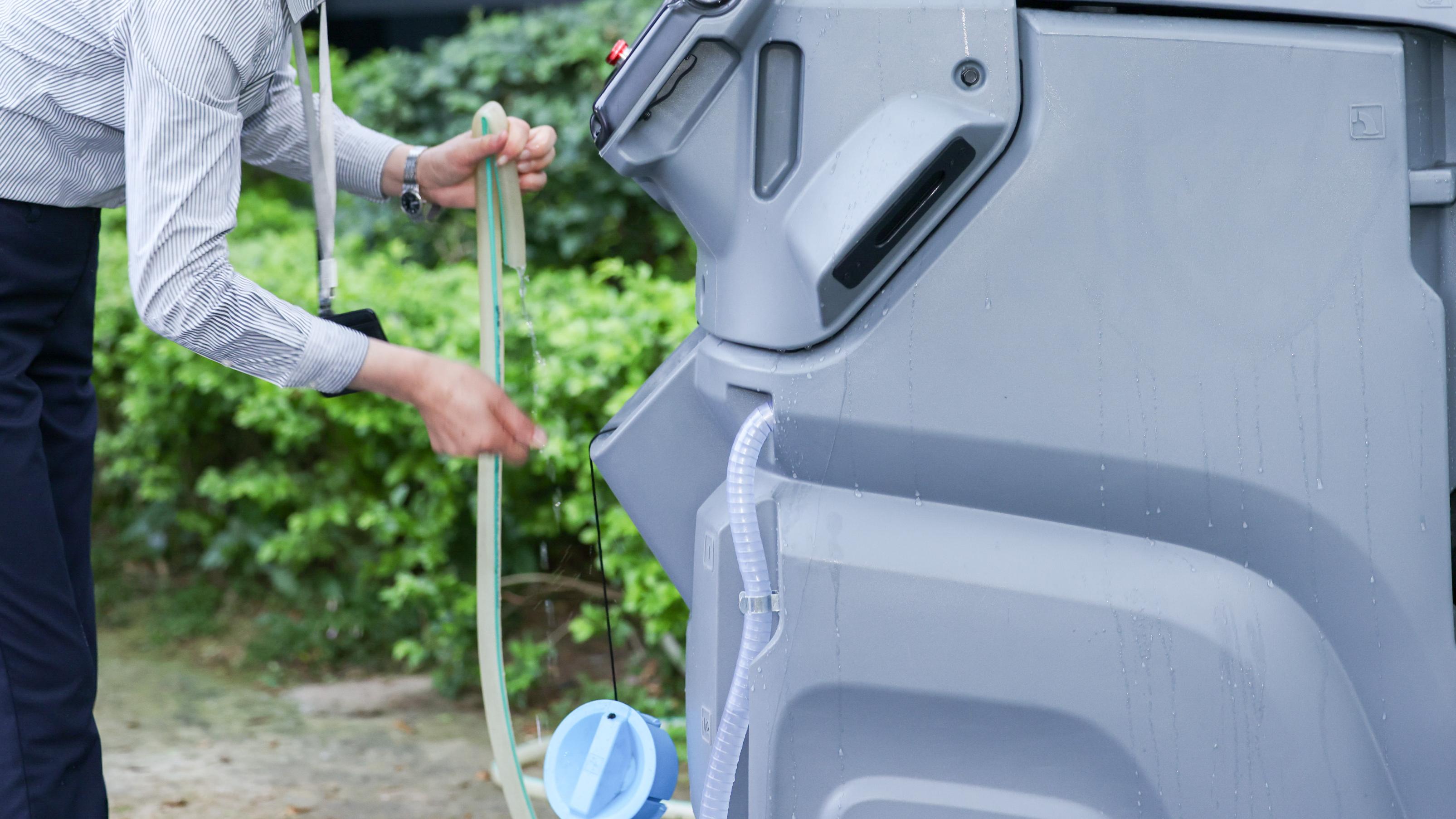
Autonomous floor scrubbers are highly efficient cleaning machines commonly used in commercial environments such as shopping malls, factories, hospitals, and hotels. Proper maintenance not only extends their service life but also ensures consistent cleaning performance and operational safety. The following guide provides detailed maintenance instructions to help you care for your robot effectively.
I. Daily Maintenance
Clean the Waste Water Tank
Empty and rinse the waste water tank after each use. Clean the filters with fresh water to prevent blockages.
Clean the Brushes and Squeegee
Rinse the brushes and squeegee with clean water to remove debris and prevent residue buildup. Inspect regularly for signs of wear—replace them if edges are deformed or cracked (typically every 3–6 months).
Clean the sensors
Use a microfiber cloth to clean all sensors. Avoid scratching the surfaces.
Check Battery and Charger
Recharge the battery promptly after use to prevent over-discharging. Try to keep the battery level between 20% and 80%.
II. Regular Maintenance Checks
Blockage Check
Flush the water suction lines with clean water monthly to prevent dirt buildup and reduced suction power. Inspect pipe connections for leaks or looseness.
Battery Check
For lead-acid batteries, check the electrolyte levels monthly (refer to the user manual) to avoid sulfation.
Motor and Circuit Check
Inspect all wiring for signs of wear or damage to prevent short circuits.
III. Long-Term Storage Guidelines
Thorough Cleaning and Drying
Empty and dry both the clean and waste water tanks before storing. Remove accessories such as brushes and squeegees.
Battery
Maintain the battery at around 50% charge during long-term storage. Avoid storing the device in temperatures below 0°C or above 40°C.
Moisture Prevention
Store in a dry, ventilated area to prevent rusting.
Sparkoz offers professional maintenance and repair services to keep your robot in optimal condition—so you can clean with confidence and peace of mind.